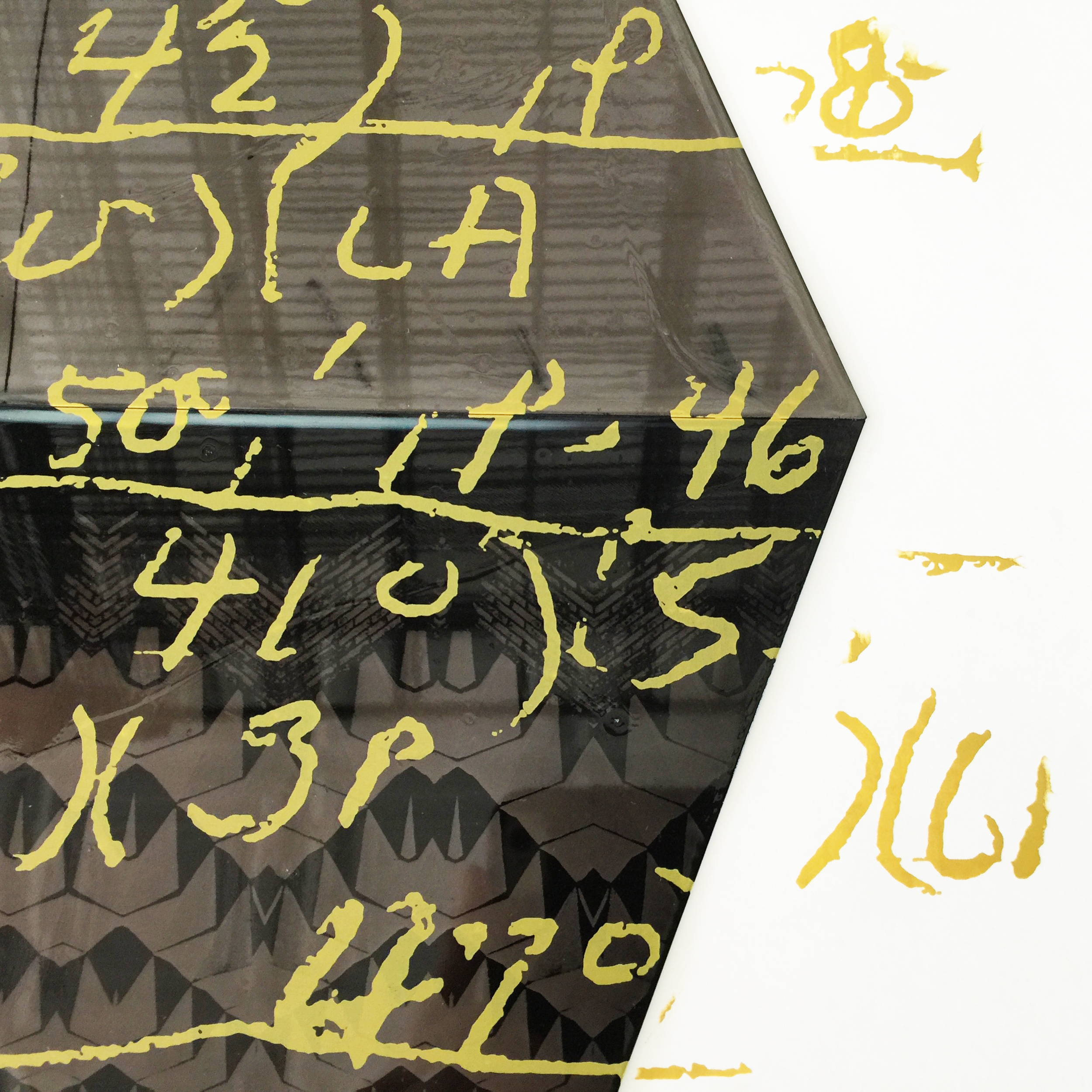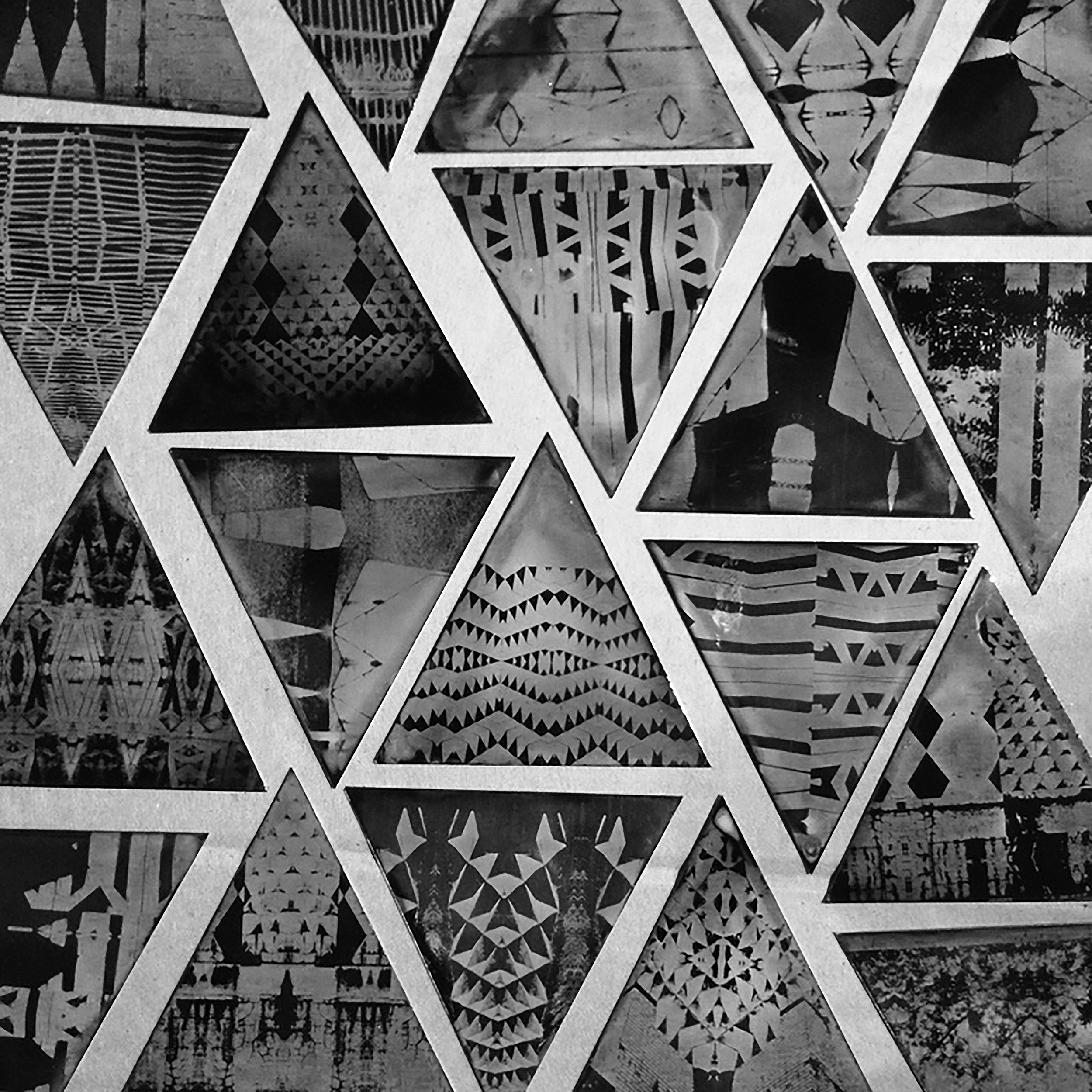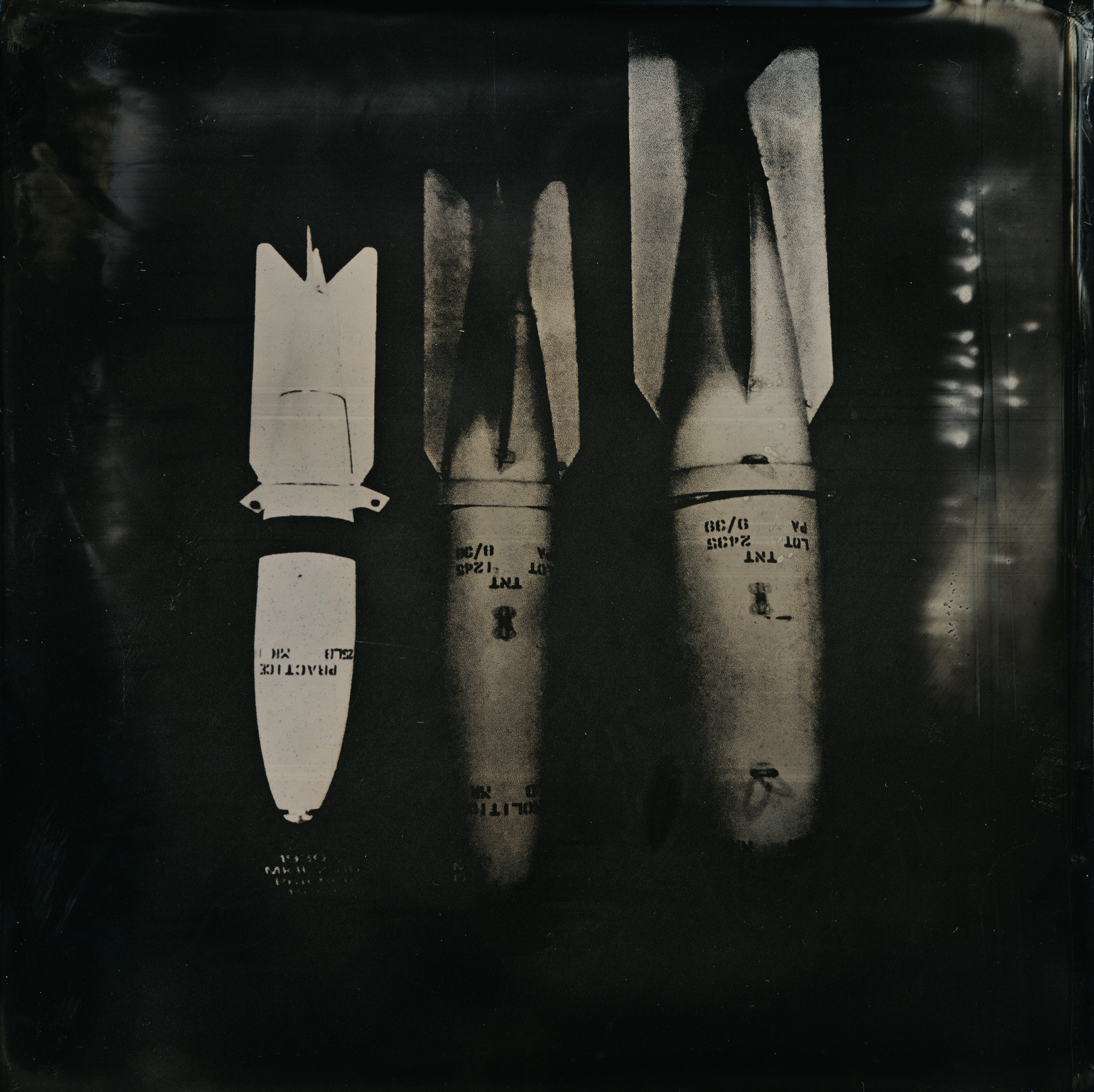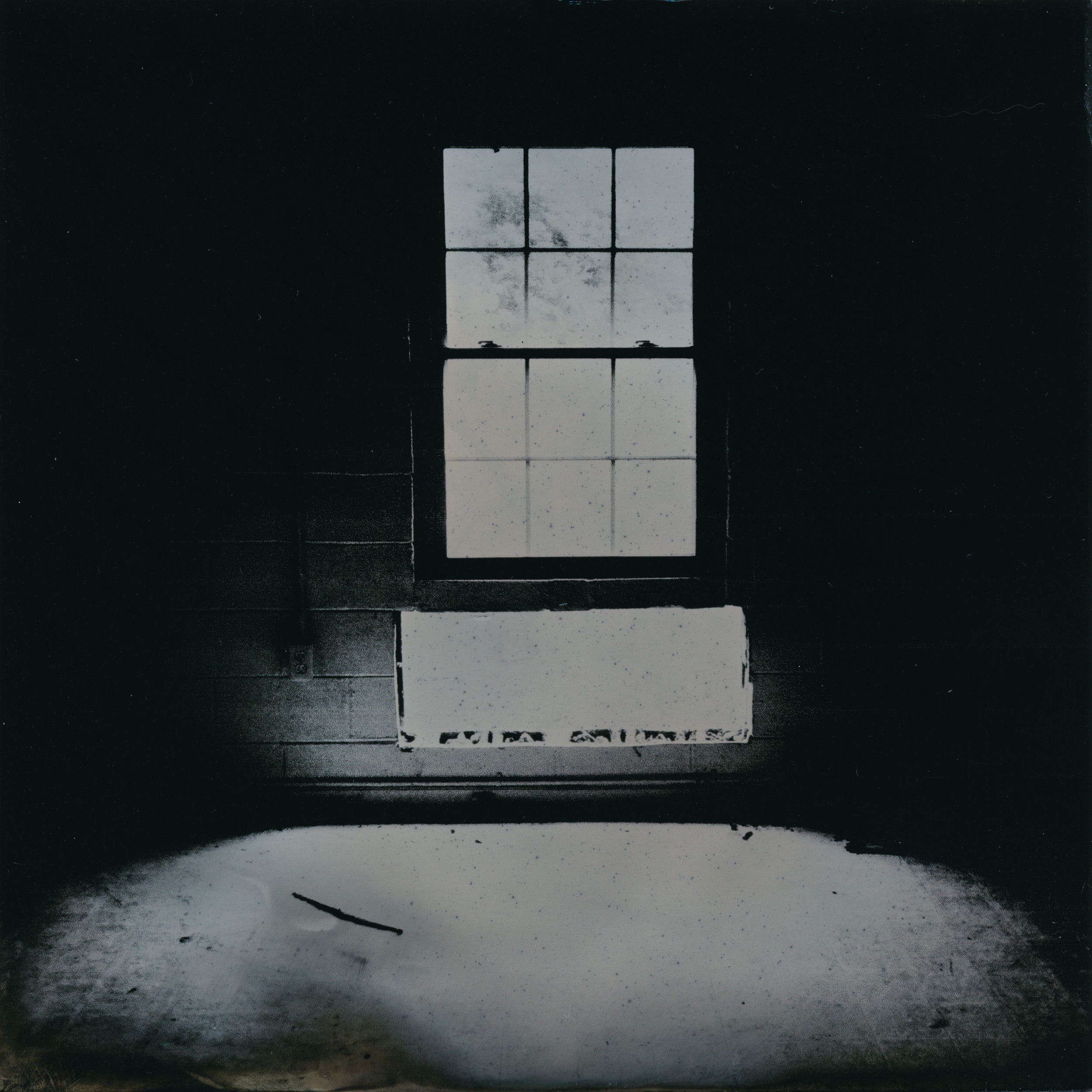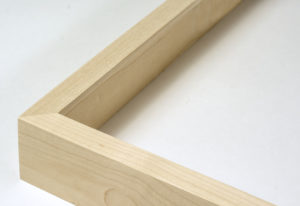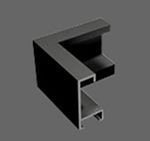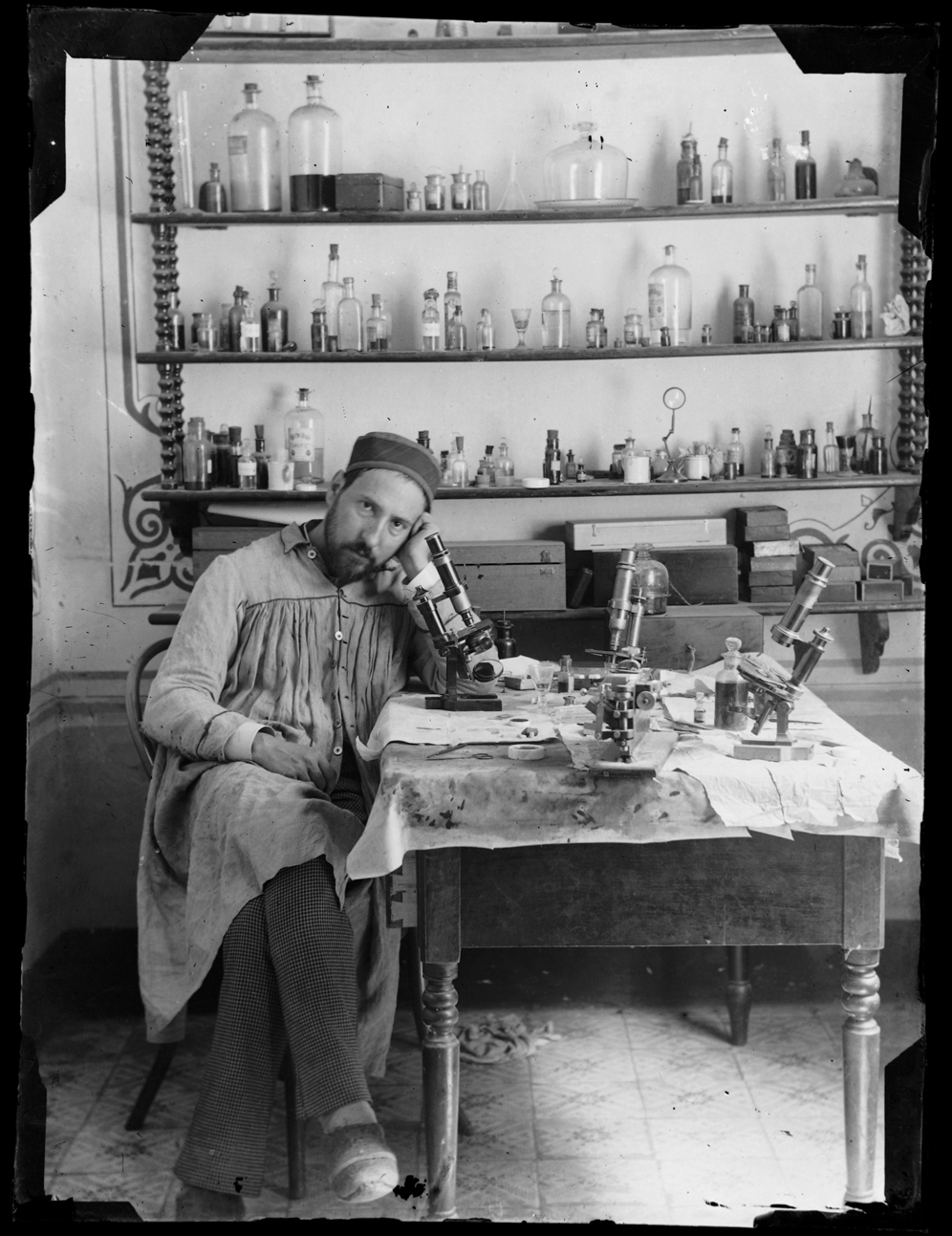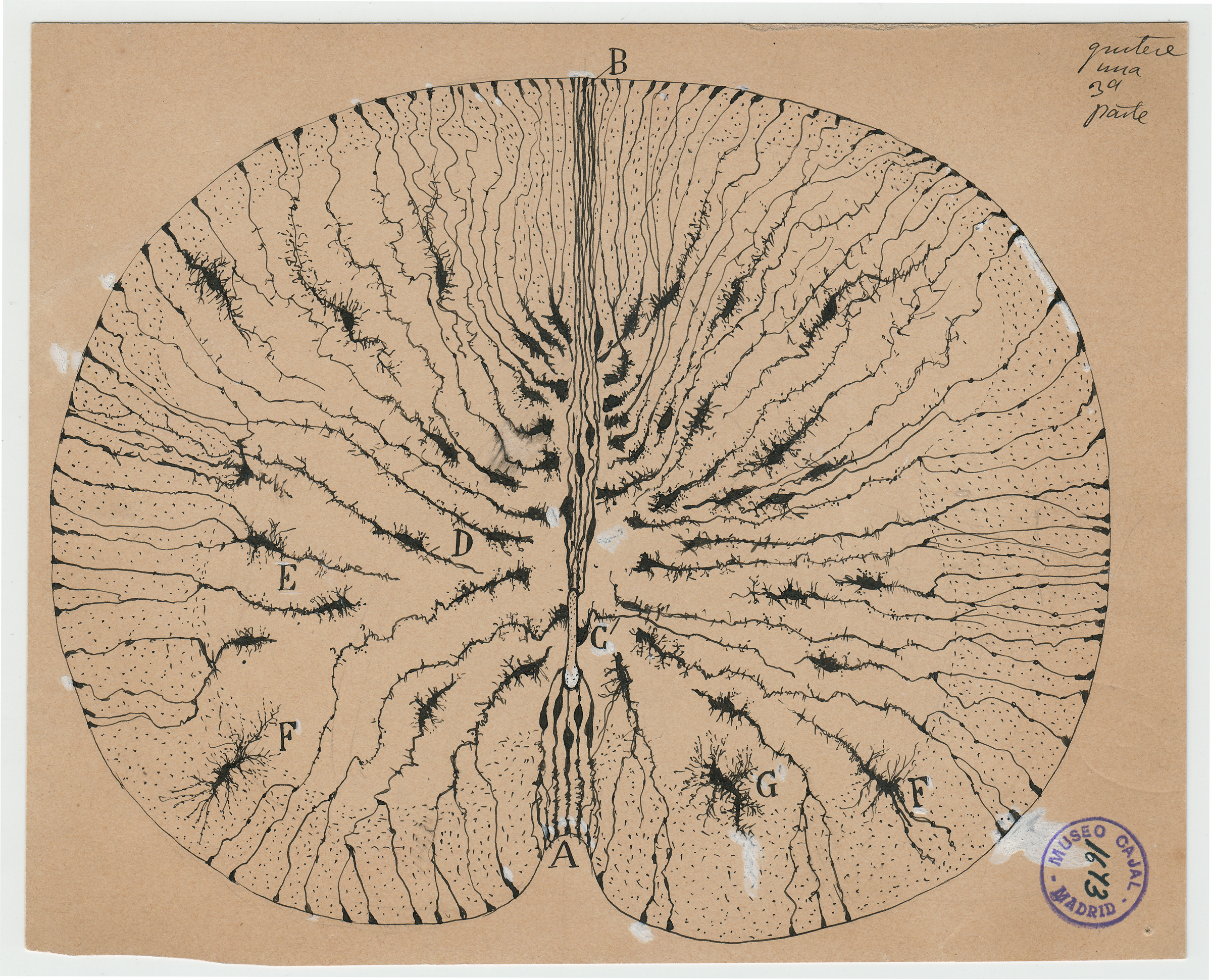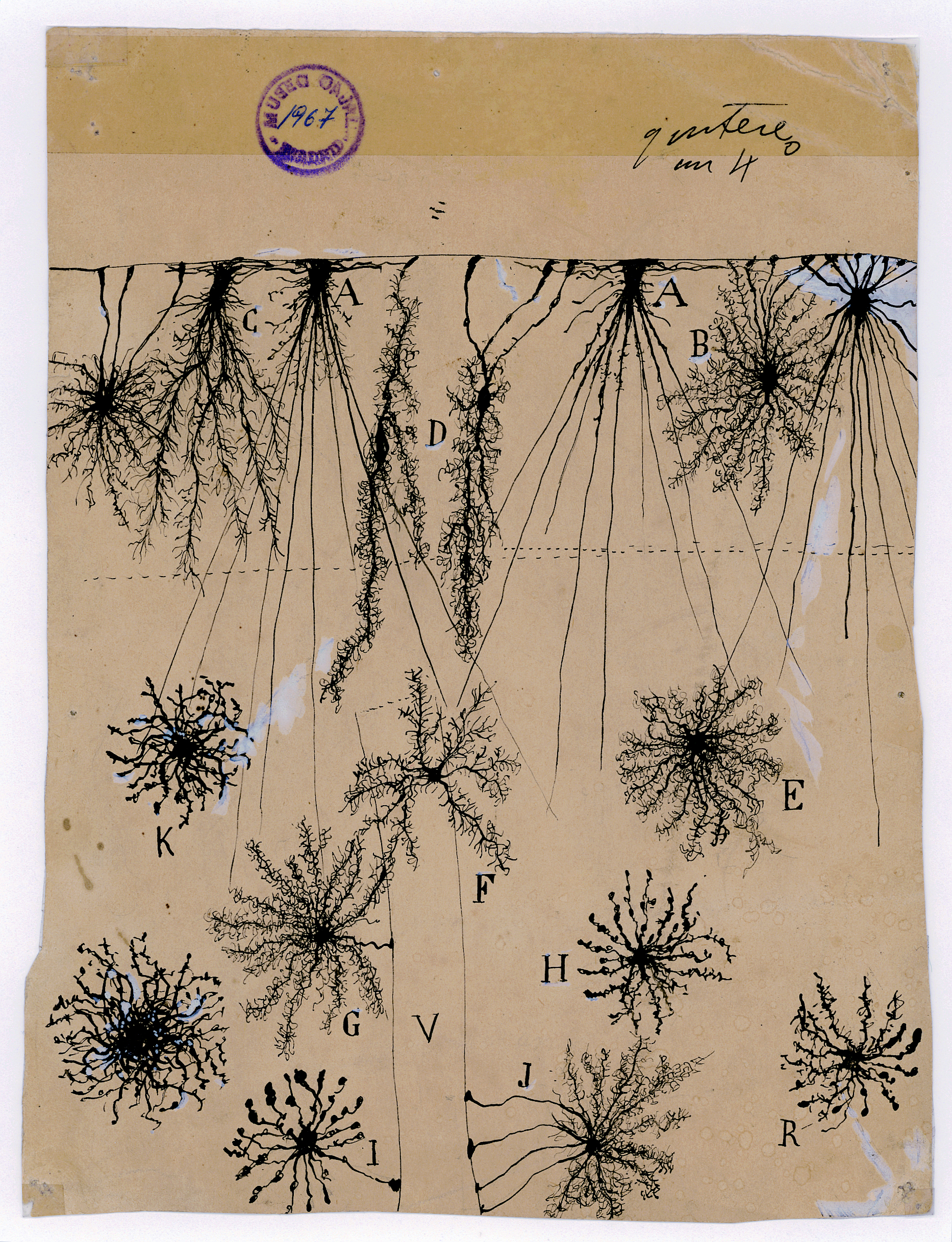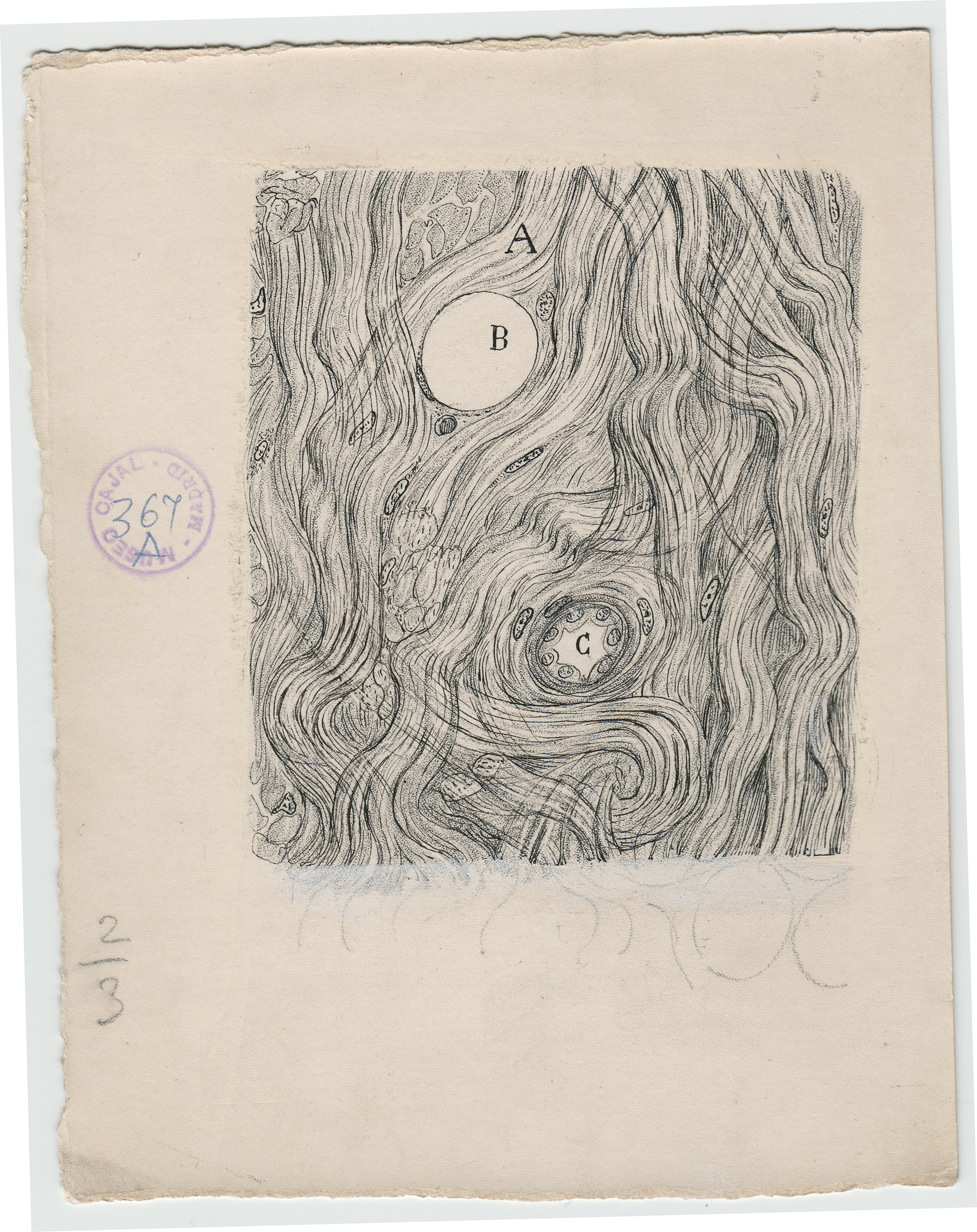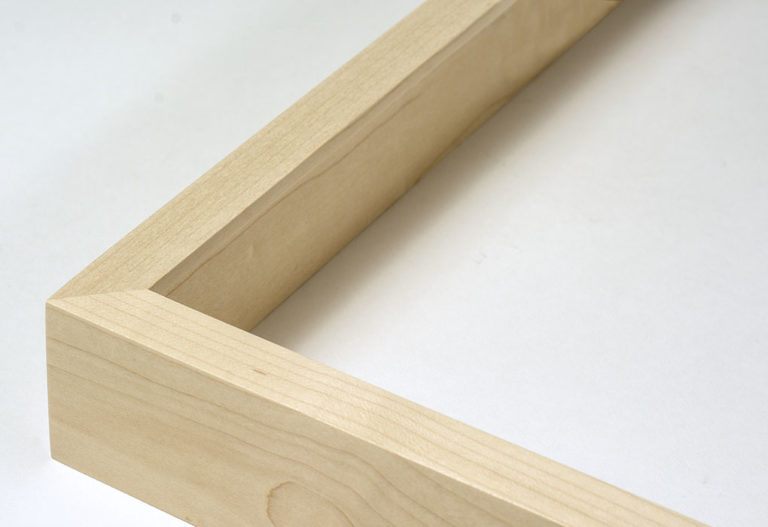Eugene Richards: The Run-On of Time at George Eastman Museum
For more than forty years, photographer Eugene Richards has explored complicated subjects such as racism, poverty, emergency medicine, drug addiction, cancer, family, aging, the effects of war and terrorism, and the depopulation of rural America. Until now, his work has been known primarily through international news and media outlets, for which he created images on assignment, or through books, wherein he delves into his subjects further using his photographs and first-person texts.
Through 146 photographs, fifteen books, and selected moving image works, The Run-On of Time provides a fuller understanding of Richards’s career, demonstrating how his personal artistic vision draws on the legacies of W. Eugene Smith and Robert Frank to address the salient issues of our time.
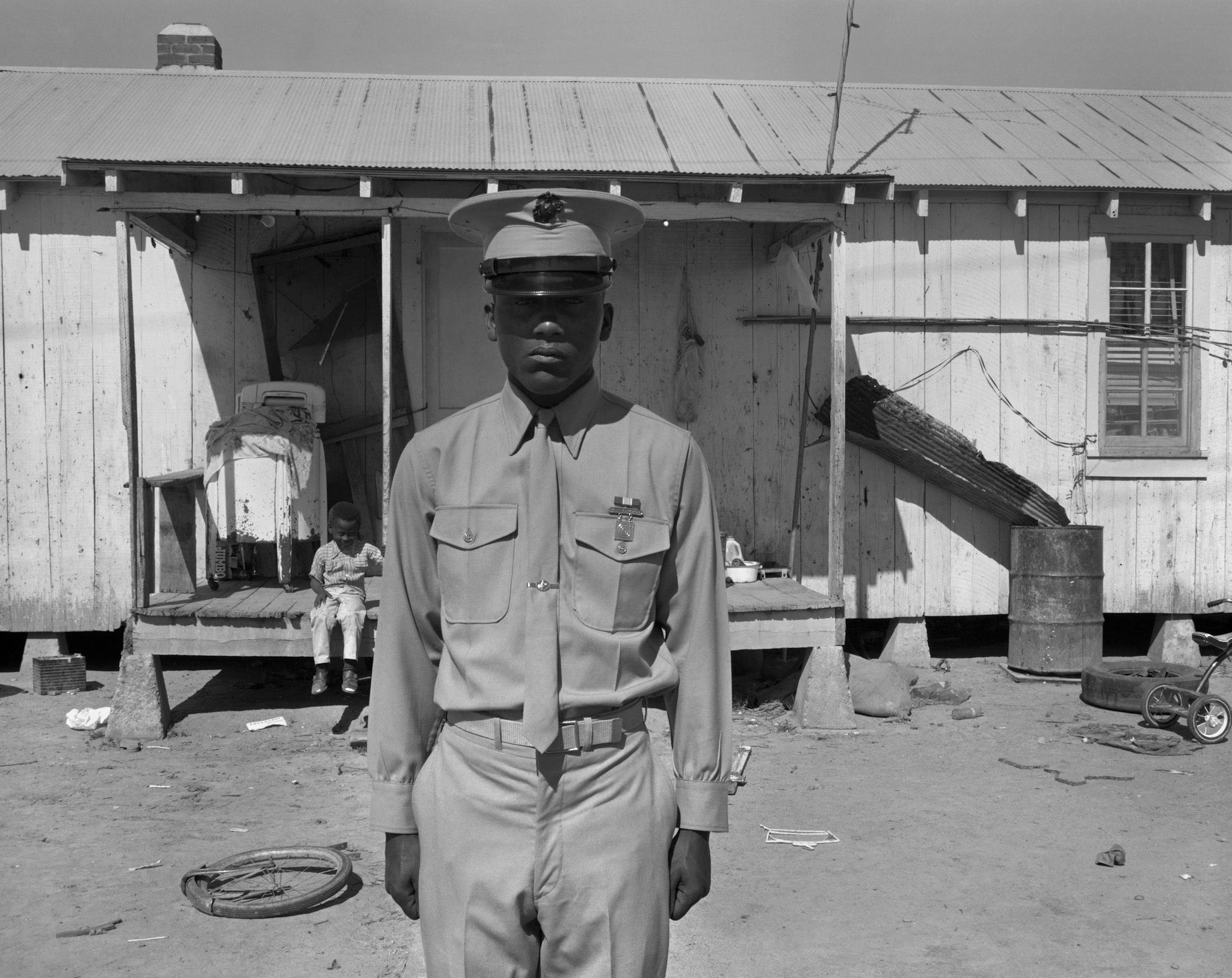
Eugene Richards (American, b. 1944). U.S. Marine, Hughes, Arkansas, 1970. Gelatin silver print. Collection of Eugene Richards. © Eugene Richards
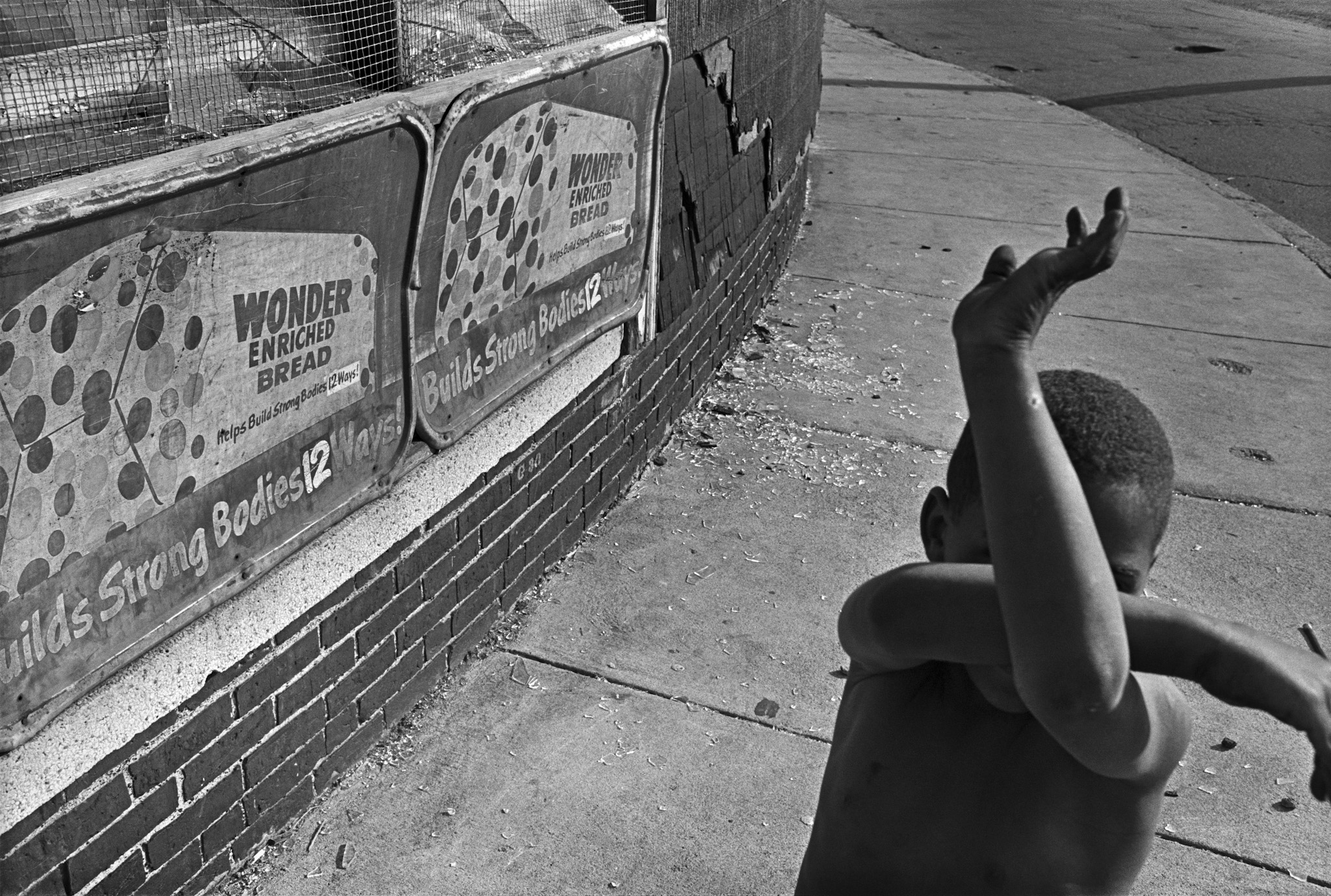
Eugene Richards (American, b. 1944). Wonder Bread, Dorchester, Massachusetts, 1975. Gelatin silver print. Collection of Eugene Richards. © Eugene Richards
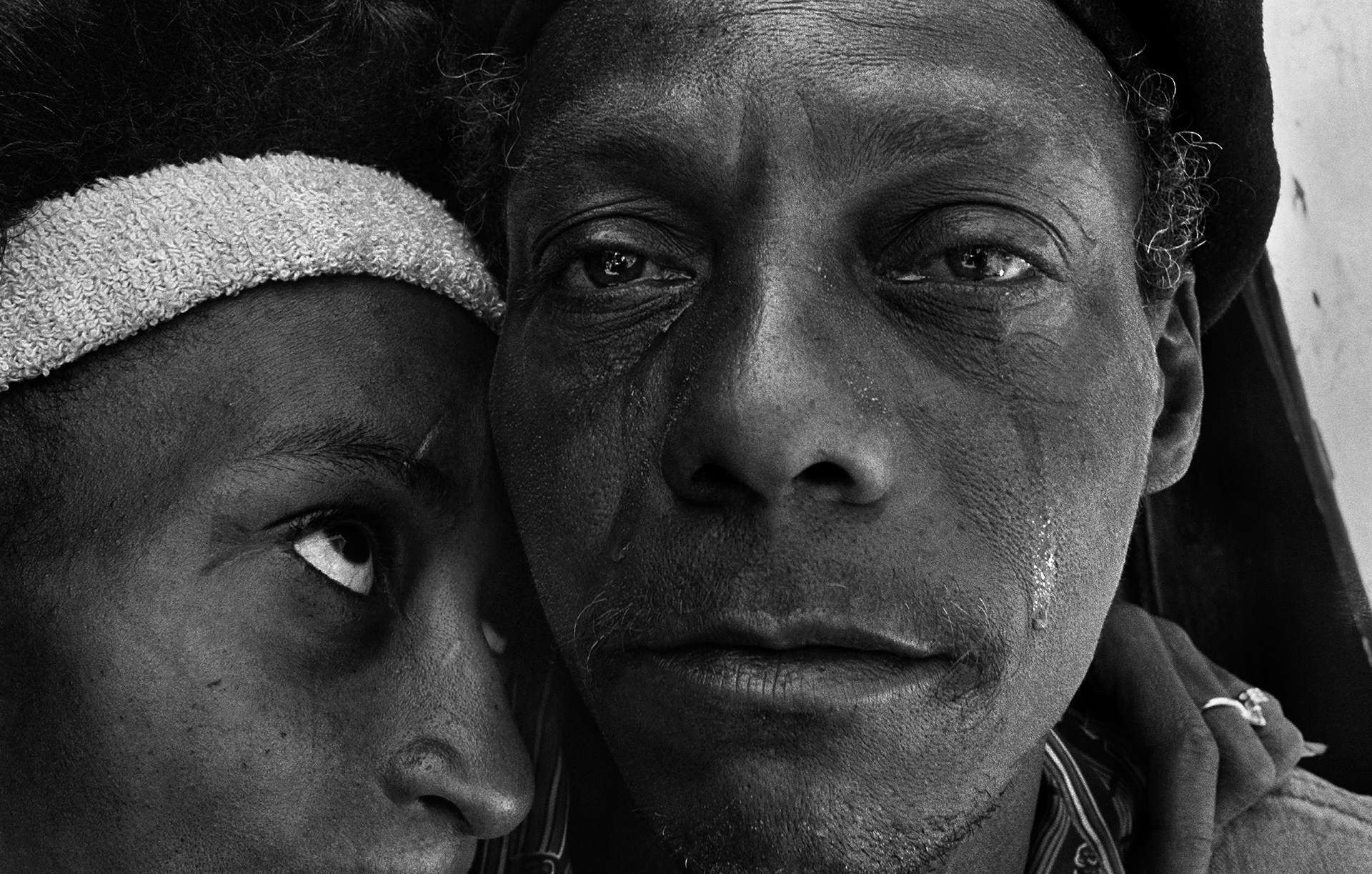
Eugene Richards (American, b. 1944). Back from prison, Shantytown, New York City, 1986. Gelatin silver print. Collection of Eugene Richards. © Eugene Richards
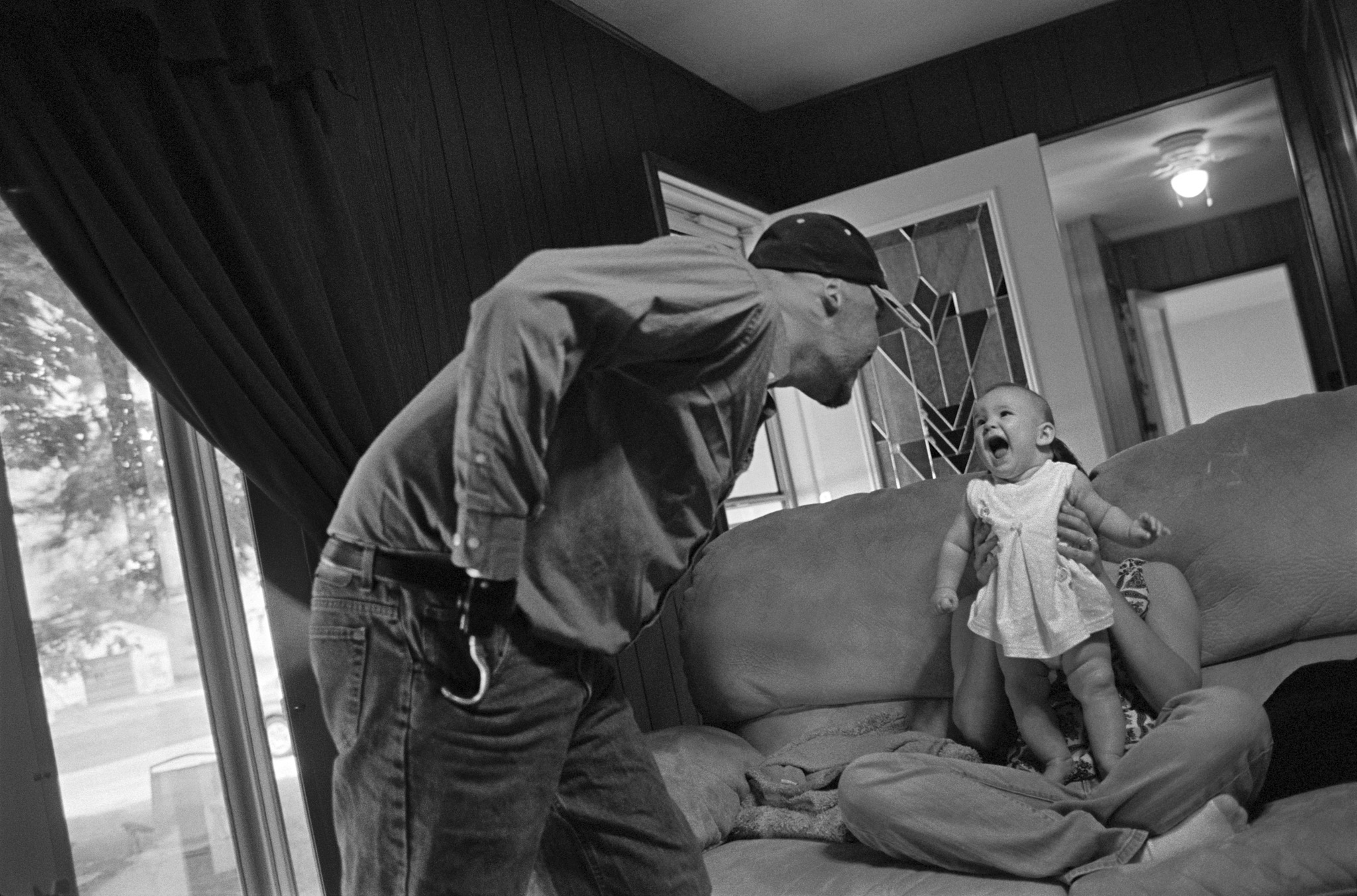
Eugene Richards (American, b. 1944). Dustin Hill with his daughter, Mineral, Illinois, 2008. Gelatin silver print. Collection of Eugene Richards. © Eugene Richards
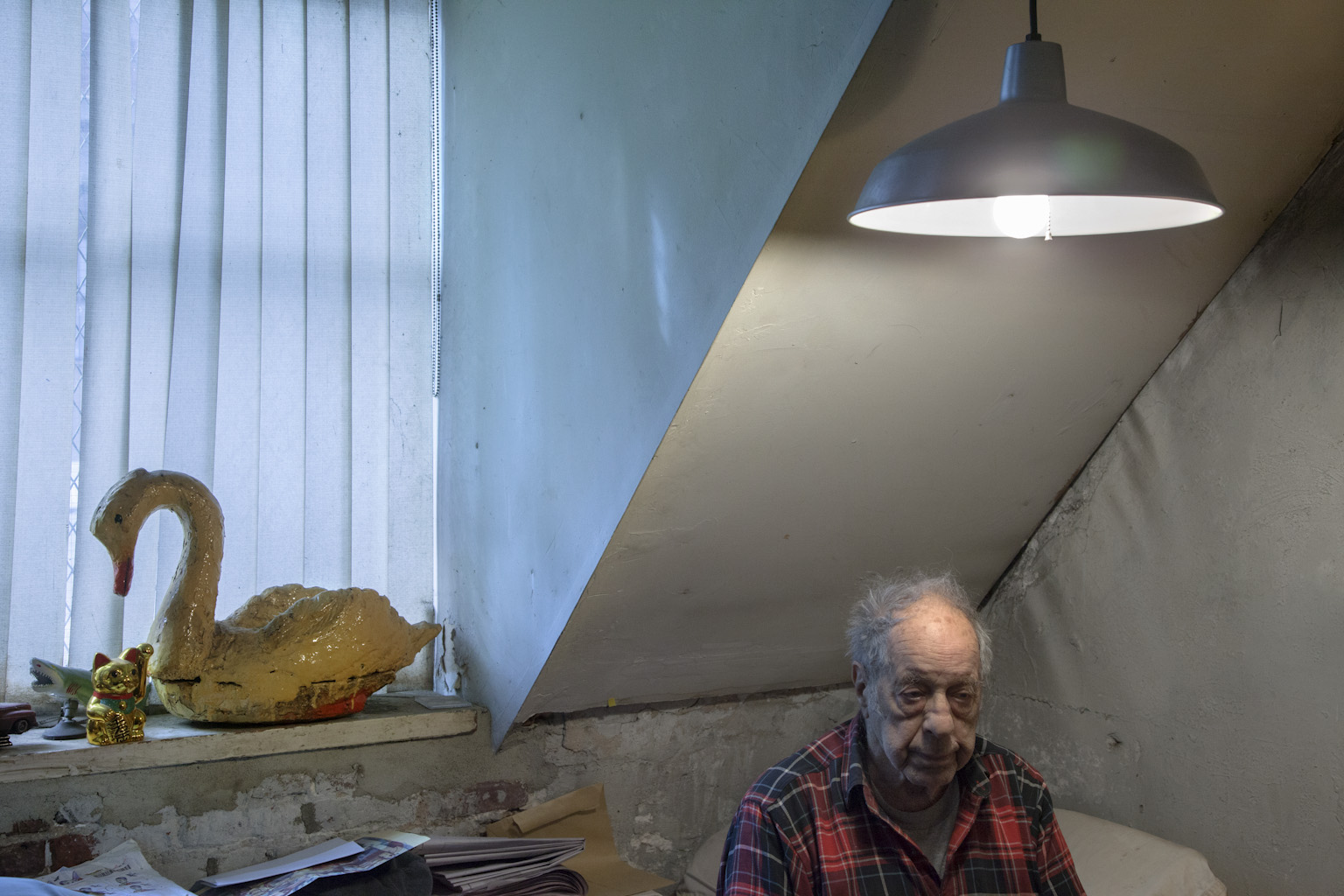
Eugene Richards (American, b. 1944). Robert Frank, New York, New York, 2013. Chromogenic development print. Collection of Eugene Richards. © Eugene Richards
About Eugene Richards
Born in Dorchester, Massachusetts, Richards began to photograph seriously while taking classes from Minor White at Massachusetts Institute of Technology after graduating from college. During the Vietnam War, Richards refused the draft and joined VISTA (Volunteers in Service to America), working as a healthcare advocate in eastern Arkansas. Later, he cofounded an organization that published a newspaper, Many Voices, devoted to informing local minority communities of their rights as voters and citizens. Deeply affected both physically and emotionally by the poverty and racial violence he witnessed, Richards found a purpose for his photography. The photographs he made in Arkansas during this period resulted in the publication of his first monograph, Few Comforts or Surprises: The Arkansas Delta (1973). Beginning with this modest yet powerful publication, Richards has used the book format as the primary vehicle for his personal documentary work, publishing more than seventeen monographs throughout his career.
About the exhibition
Co-curated by Lisa Hostetler and April M. Watson, the exhibition is accompanied by a catalogue with essays by each of the curators, published by the Hall Family Foundation in association with The Nelson-Atkins Museum of Art and the George Eastman Museum, distributed by Yale University Press.
The exhibition will travel to The Nelson-Atkins Museum of Art in Kansas City, MO, and will be on view there December 9, 2017–April 15, 2018.
Eugene Richards: The Run-On of Time
June 10, 2017 – October 22, 2017
George Eastman Museum
Rochester, NY
December 9, 2017–April 15, 2018
The Nelson-Atkins Museum of Art
Kansas City, MO
FRAMING SPECIFICATIONS AND ADVICE
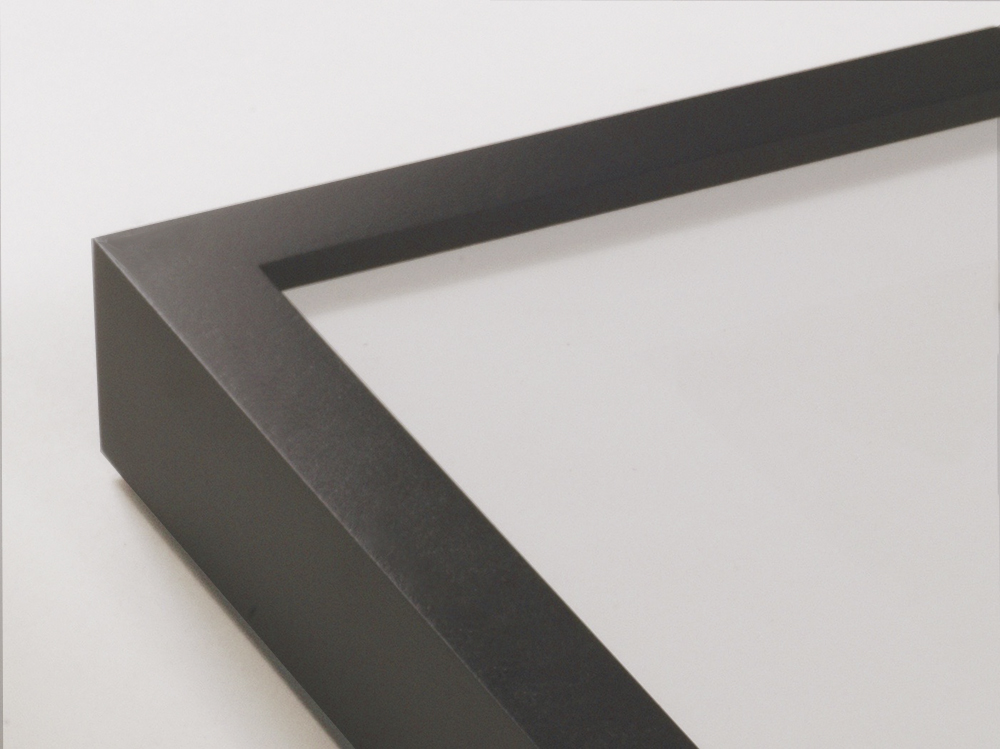
METRO GALLERY FRAME
Standard Profile: 106
Type: Standard Gallery Frame
Wood and Finish: maple frame with charcoal finish
Purchasing Option: joined wood frame
Framing Advice: fitting gallery frames

